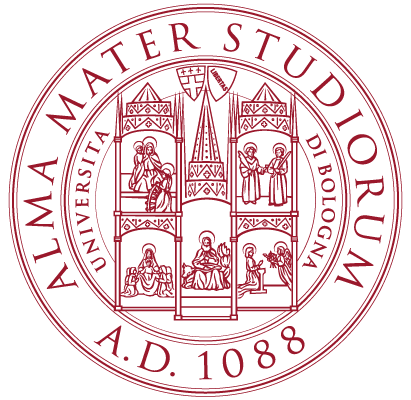Tribchem v1.0.0 is here!
We’re very happy to announce the release of Tribchem v1.0.0 on GitLab!
Tribchem is our open-source software designed for the automatized first-principle simulation of solid-solid interfaces. Developed as part of the ERC Slide Project, this release marks a second important milestone in our journey.
What’s New in Tribchem v1.0.0?
- Enhanced Database Integration: Data retrieval from both the latest Materials Project Database and its legacy versions.
- Updated Dependencies: Upgraded to the latest pymatgen libraries, eliminating reliance on the outdated mpinterfaces library.
- Simplified installation
- Optimized Simulations: Parallelized procedures for determining non-equivalent surface high-symmetry points and non equivalent relative slab alignments.
- Expanded Workflows: Comprehensive support for potential energy surface (PES), shear strength, charge displacement and perpendicular-PES workflows across all interface types.
Collaborative Efforts
Many of these advancements were made possible through close collaboration with Cineca staff as part of the Epicure Project.
🚀 Get Started Today!
- Download the latest release: Tribchem GitLab Repository
- Installation instructions & user guide: Available here
Publication on Advanced Materials
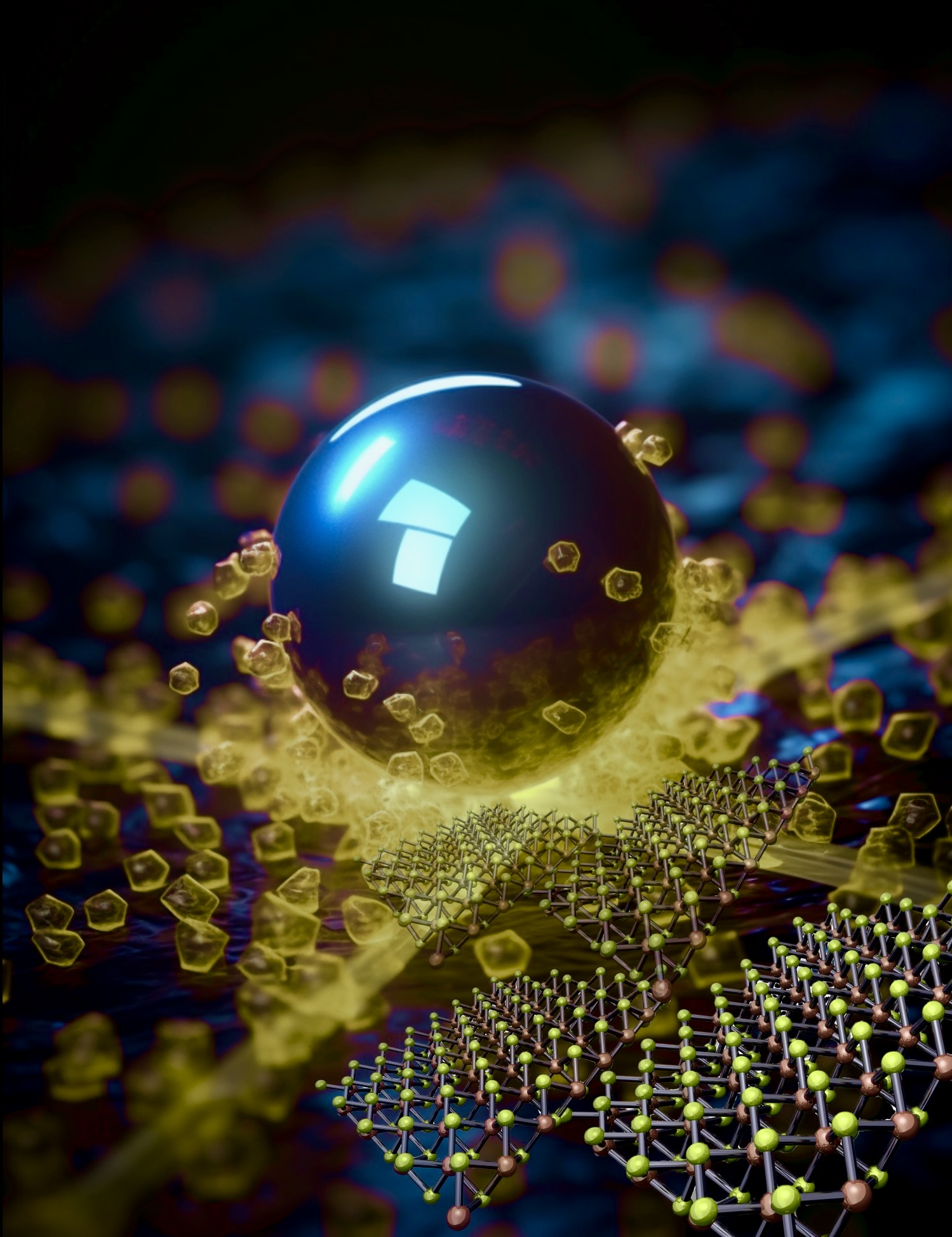
The article “Se Nanopowder Conversion into Lubricious 2D Selenide Layers by Tribochemical Reactions” by P. G. Grützmacher, M. Cutini, E. Marquis, M. R. Ripoll, H. Riedl, P. Kutrowatz, S. Bug, Chia-Jui Hsu, J.Bernardi, C. Gachot, A. Erdemir, and M. C. Righi has been published on Advanced Materials in 2023.
By combining molecular dynamics simulations based on a quantum mechanical approach and experiments, the authors demonstrate an unconventional and smart way to synthesize bidimensional materials by sprinkling selenium nanopowders onto a tribological contact. The in operando synthesis of lubricious layers by stress-assisted chemical reactions is accompanied by a drop of the friction coefficient. Considering that ~23% of the world’s energy is consumed in tribological contacts, discovering new technologies to reduce friction can have a high impact in maximizing the energy efficiency.
– Clelia Righi
Publication on Advanced Materials
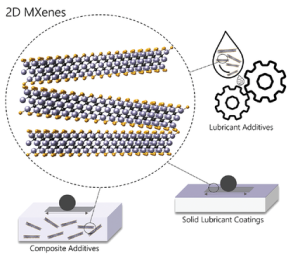
Perspectives of 2D MXene Tribology have been published in 2022 on Advanced Materials by A. Rosencratz, M. C. Righi, A. Sumant, B. Anasori and V. Mochalin.
Discovered a little more than a decade ago, Mxenes – a family of 2D early transition metal carbides and nitrides, have already demonstrated outstanding potential in various applications ranging from energy storage to medicine. Our group has started exploring their potentialities in tribology and suggested possible future studies based on a computation approach.
– Clelia Righi
Workshop on Molecular Mechanisms of Tribochemistry and Lubrication
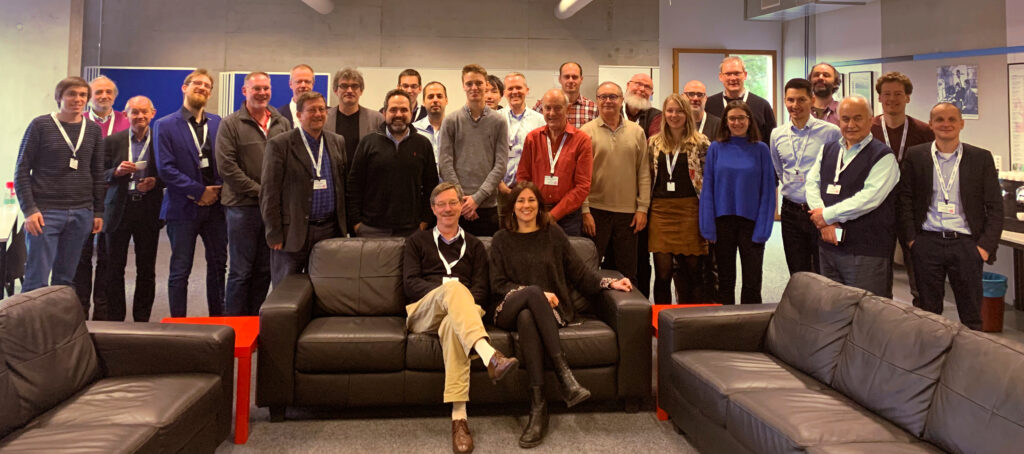
M. Clelia Righi organized a Workshop with Chris Lorenz (King’s College, London) and Eddy Tysoe (University of Wisconsin-Milwaukee) about the Molecular Mechanisms of Tribochemistry and Lubrication at the CECAM Headquarters at Ecole Polytechnique Fédérale de Lausanne, Switzerland, from 27 to 29 January 2020. World experts in this field, both theorists and experimentalists, will participate to discuss new strategies in designing materials and systems to overcome today’s challenges in tribology. The objectives of this event are to find the best possible computational strategies to face complex tribological problems, to shed light on the fundamental aspects of the tribochemical reactions such as the effect of load, shear stress, confinement, and better understand how to control molecular-level mechanisms of friction and wear.
Collaboration with Total
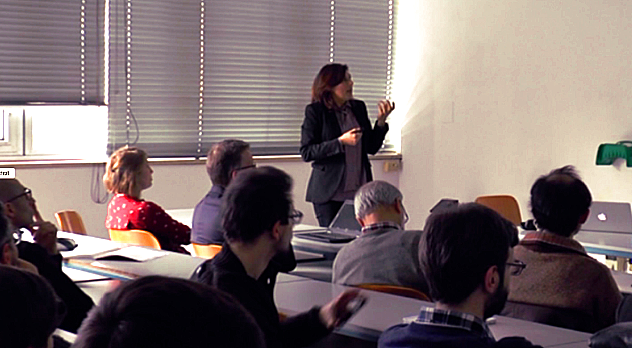
M. Clelia Righi collaborates with Total S.A. for the computational design of lubricant additives since 2012. The objectives of the last research project, started in 2017, have been presented during a “Kick-off meeting” at Unimore, which was attended by the Rector Prof. A. Andrisano, and Total managers.
The project with Total focuses on a lubricant additive based on molybdenum and sulfur, which is commonly used in car engines. The objective is to understand the chemical reactions activated by mechanical stresses which lead to the formation of friction-reducing tribofilms.
– Clelia Righi
Dossier – local press (in Italian)
Publication on ACS Nano

Altering the Properties of Graphene on Cu(111) by Intercalation of Potassium Bromide is a study published on the journal ACS Nano in 2019 by Prof. M. Clelia Righi and Dr. Paolo Restuccia in collaboration with the University of Basel.
Interaction of graphene with a metallic substrate negatively affects the optical properties of graphene.
Our simulations, based on the experimental observations obtained at the University of Basel, reveal that potassium bromide is able to decouple graphene and the metal substrate, and preserve the remarkable properties of graphene.
– Clelia Righi
Simulating what happens in a reactor: extreme scale access on Leonardo supercomputer
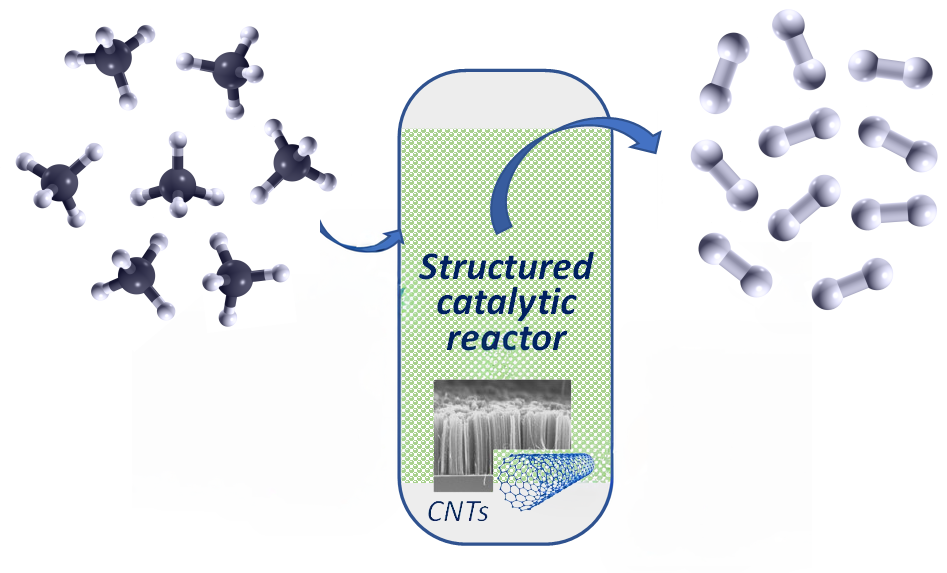
More than 20 million core hours, allocated on Leonardo, the second most powerful cluster in Europe, have been recently granted to our group by EuroHPC-JU for the project entitled “Turquoise H2 and carbon nanotubes: simulating the whole catalytic process inside a reactor”. Experimental evidence indicates that by using iron nanoparticles, methane dissociation can result in the formation of CNTs wrapping the particles. This process is still far from being controlled as it happens within a reactor, inaccessible by any experimental probe. The aim of the present project is to unravel the atomistic mechanisms that, from the interaction of methane with an iron nanoparticle, lead to the formation of hydrogen and CNTs.
Publication on ACS Applied Materials & Interfaces
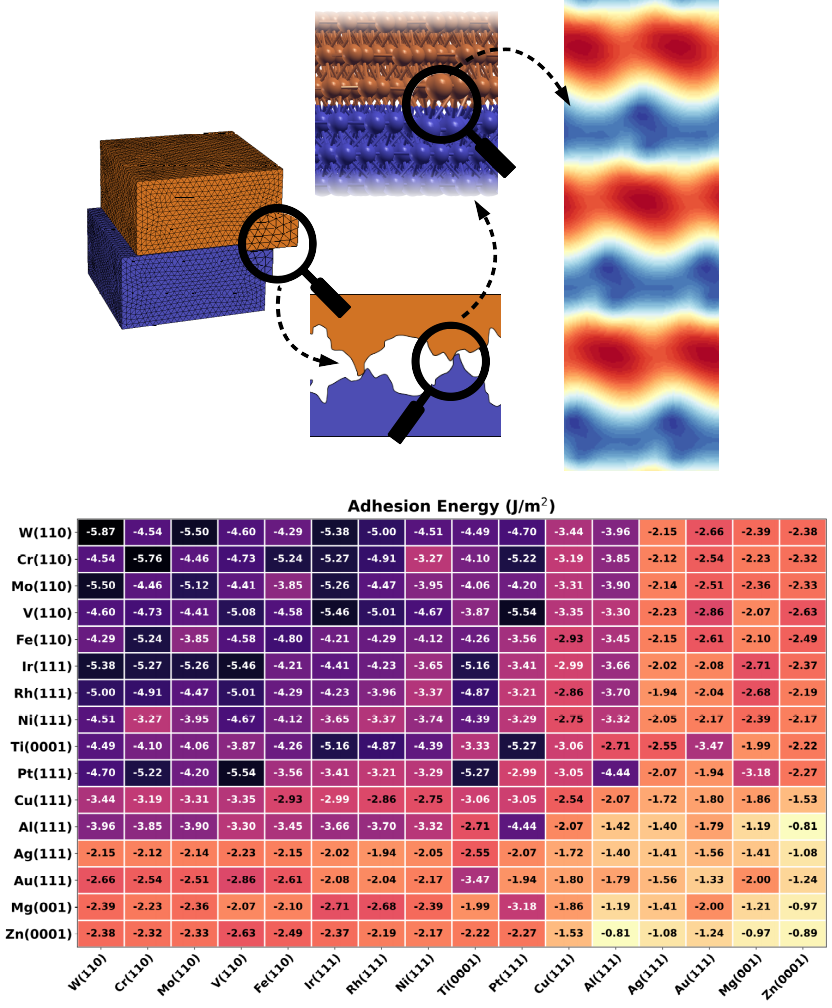
The article “High throughput first principles prediction of interfacial adhesion energies in metal-on-metal contacts” by P. Restuccia, G. Losi, O. Chehami, M. Marsili, and M.C. Righi has been published on ACS Applied Materials & Interfaces in 2023.
The adhesion of two surface in contact is a key quantity in a variety of fields, ranging from geology to nanotechnology. Despite its importance, no systematic, accurate determination is available. We applied TRIBCHEM, an advanced software developed by our group for first-principles, high-throughput calculations, to populate a database for the adhesion of metal interfaces. The calculated values can be used as input parameters for macroscopic models and allowed us to benchmark and improve empirical relations that link interfacial adhesion to the surface energies of its constituents.
Publication of three articles on Carbon
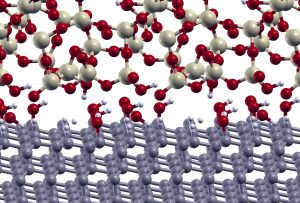
The articles “Aromatic molecules as sustainable lubricants explored by ab initio simulations“, “Adhesion, Friction and Tribochemical reactions at the Diamond-Silica Interface“, and “Ab initio insights into the interaction mechanisms between H2, H2O, and O2 molecules with diamond surfaces” have been accepted in 2022 for publication in Carbon, a journal in the field of carbon materials, including low-dimensional carbon-based nanostructures.
The published results demonstrate that realistic and accurate in silico experiments are feasible nowadays exploiting HPC resources and HPC-optimized software, paving the way to a more general understanding of the relationship between materials functioning and atomistic properties.
– Clelia Righi
Collaboration with Toyota
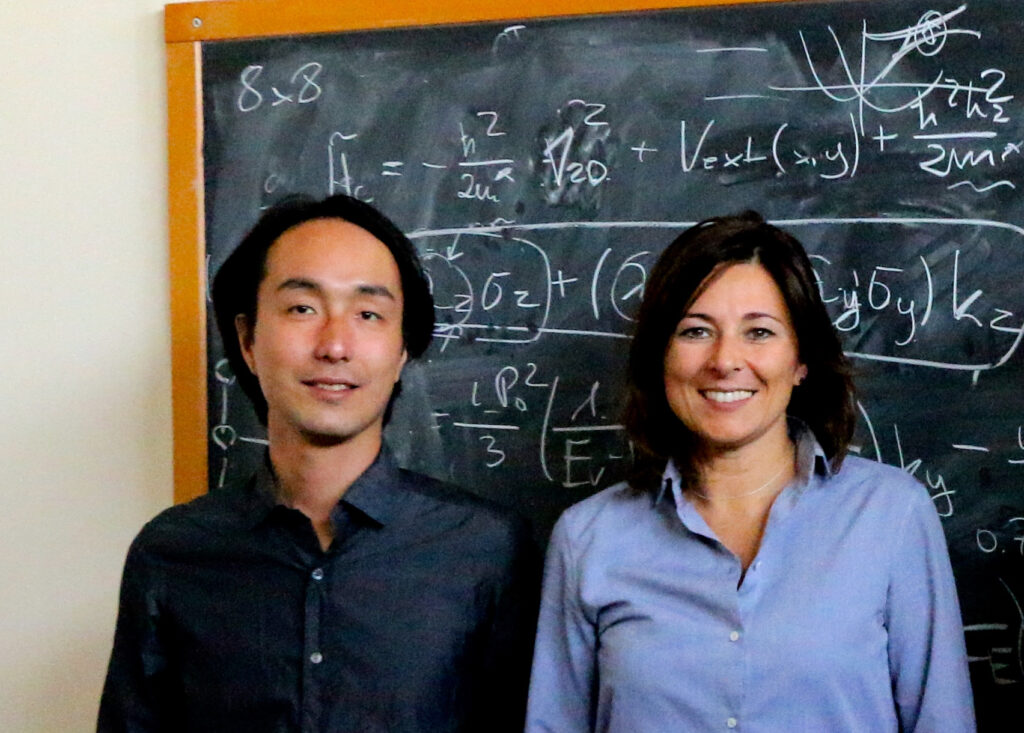
Toyota Central R&D Labs. based in Nagakute, Japan, renewed a collaboration with the research group of M. C. Righi at the Physics Department of Unimore to study tribological phenomena.
Toyota contacted me after the International Tribology Conference (ITC) held in Hiroshima in 2011. There I presented the first ab-initio molecular dynamics simulations applied to tribology. These simulations allow a better understanding of the reactions occurring at the buried interface. The novelty of this approach attracted interest in the tribology community and industries.
– Clelia Righi
Publication on PNAS
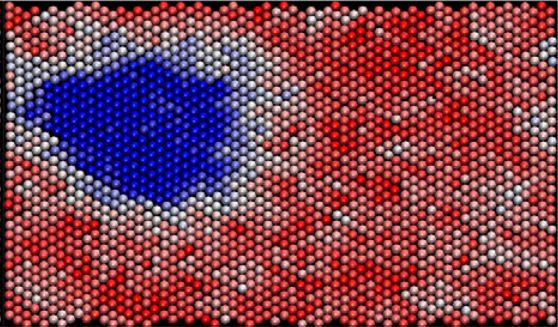
In Onset of frictional slip by domain nucleation in adsorbed layers, a work published in Proceedings of the National Academy of Sciences in 2010, M. Reguzzoni, M. Ferrario, S. Zapperi and M. C. Righi show that the onset of slip is a nucleation process.
Creep motion matters in a variety of fields: In materials science, creep of grain boundaries makes it challenging to predict the longevity of material properties with potential implications for nuclear power plants or railway wheels. In Earth science, creep plays a critical role in the motion of tectonic plates. […]
Theorists cannot apply their beloved tools – such as linear-response theory – to creep phenomena in a straightforward fashion. This is why it is difficult to develop a theory for creep motion, which is precisely what Reguzzoni et al. succeeded in doing for a specific system in this issue of PNAS. Their work is impressive because they not only derive the functional relationship between creep motion and external force, but they manage to ascertain the correct material-specific parameters with surprisingly simple and thus elegant analytical calculations.– Martin H. Müser, PNAS January 26, 2010 107 (4) 1257-1258
The publication and a summary by Prof. Martin Müser
Events with students
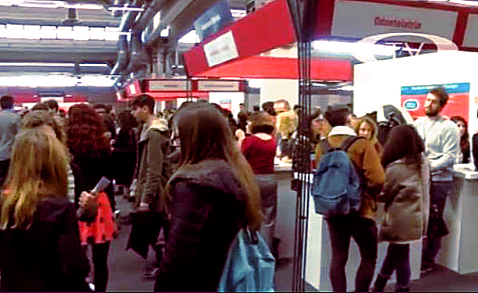
The group has frequent interactions with students from high school. The Physics Department hosts students in several occasions to introduce them to scientific research. Students can stay for a single day or longer periods depending on the proposed activities. One of the students who visited the group, Aleksandar Glišić, is acknowledged for precious contributions to the present website.
Righi’s group participated in “Open day” events, where students can meet members of the computational materials and tribology group presenting some highlights of the research.
Public events
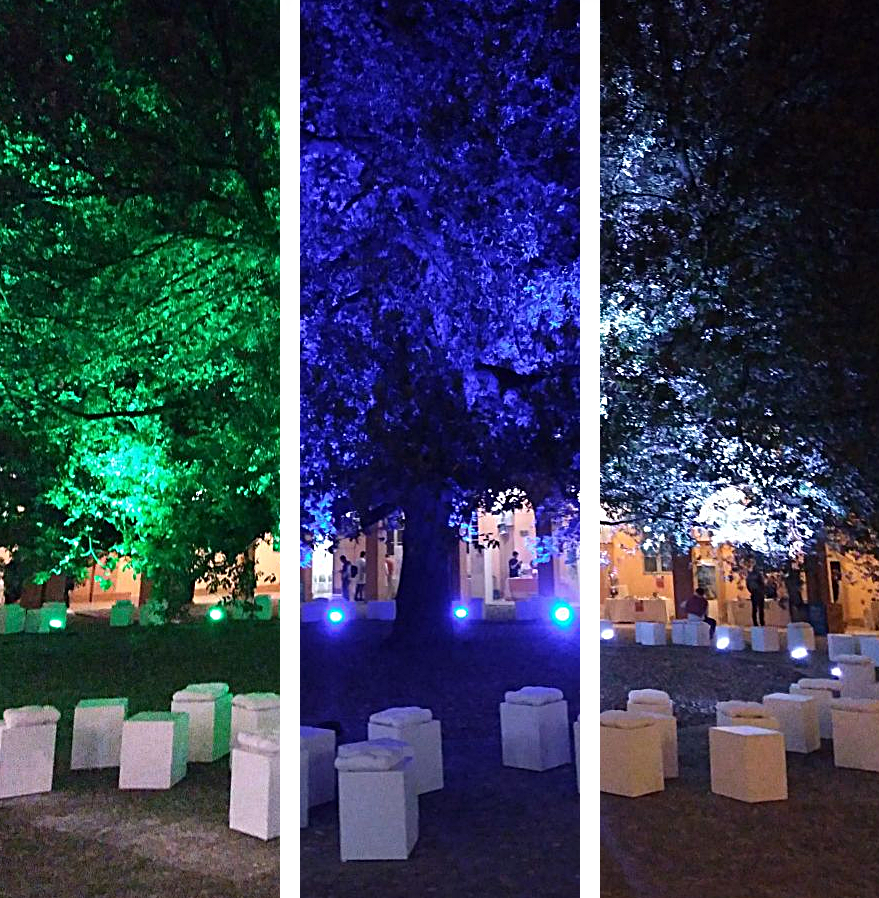
Righi’s computational tribology group takes part actively in events for the general public. One of these is the European Research Night, an opportunity for researchers to present their work to non-specialists and young people. In Modena, the event takes place in the city center and Righi’s group participates by presenting tribology and the role of computer simulations in designing materials for applications.
Release of the high-throughput software TRIBCHEM
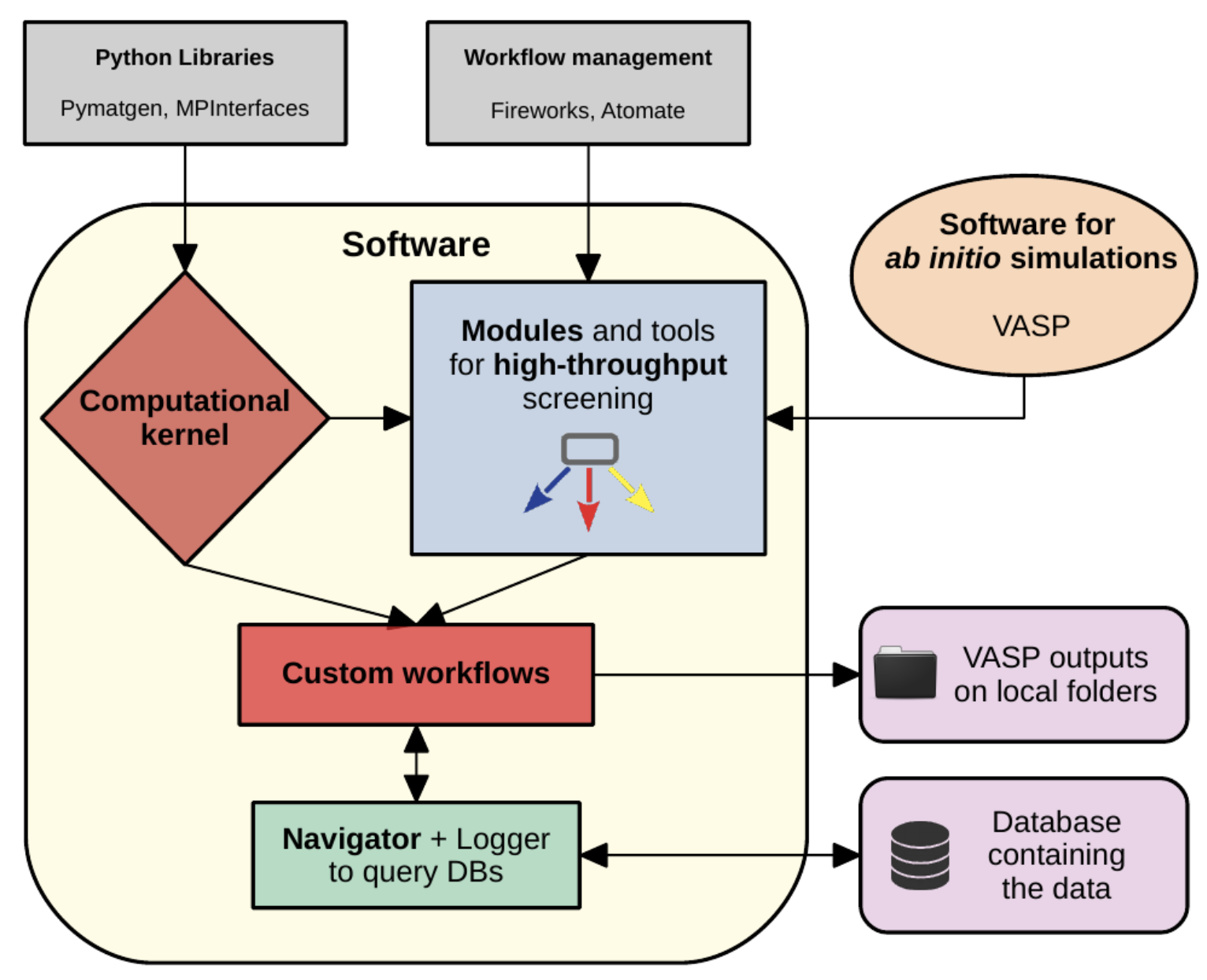
We developed TribChem, an advanced software based on the FireWorks platform, to perform high-throughput, first-principles calculations of solid interfaces and their tribological properties. TribChem is constructed in a modular way, allowing for the separate calculation of bulk, surface, and interface properties, and contains a high-level interface class to store/retrieve results from its own database and connect to public databases. The software can be downloaded from this repository and used upon citation of the following paper: G. Losi, O. Chehaimi, and M.C. Righi, TribChem: a Software for the First-principles, High-Throughput Study of Solid Interfaces and their Tribological properties, Journal of Chemical Theory and Computation 19, 5231 (2023)
Publication on Nano Energy
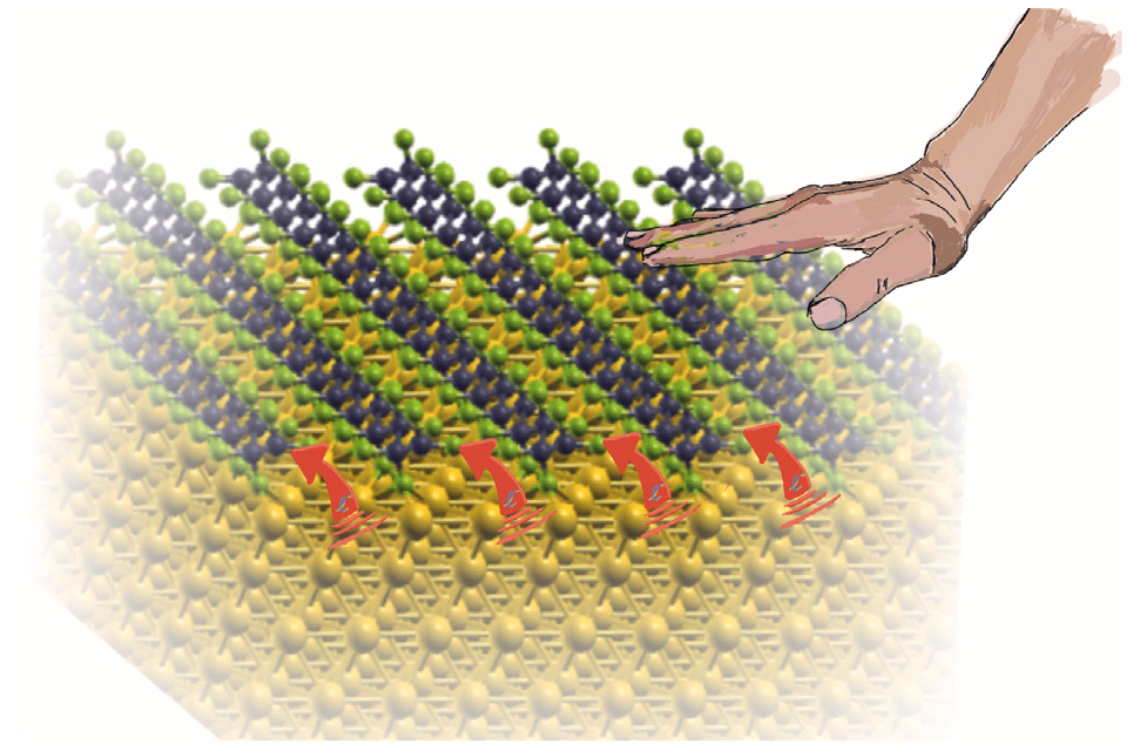
The article “Defects drive the tribocharging strength of PTFE: an ab-initio study” by A. Ciniero, G. Fatti, M. Marsili, D. Dini, and M.C. Righi has been published on Nano Energy in 2023.
Tribocharging, the electrostatic charging of two materials upon contact and rubbing, is the basic phenomenon by which most of us have been introduced to the study of electricity. Though familiar and well known from centuries, the triboelectric effect is subtle and still not fully understood. In this work we employ density functional theory to look for the origin of tribocharging strength in Teflon, which ranks extremely high in the tribolelectric series. Our results show that defects have a key role the in enhancing the charge transfer.
Interview on national TV news “Leonardo”
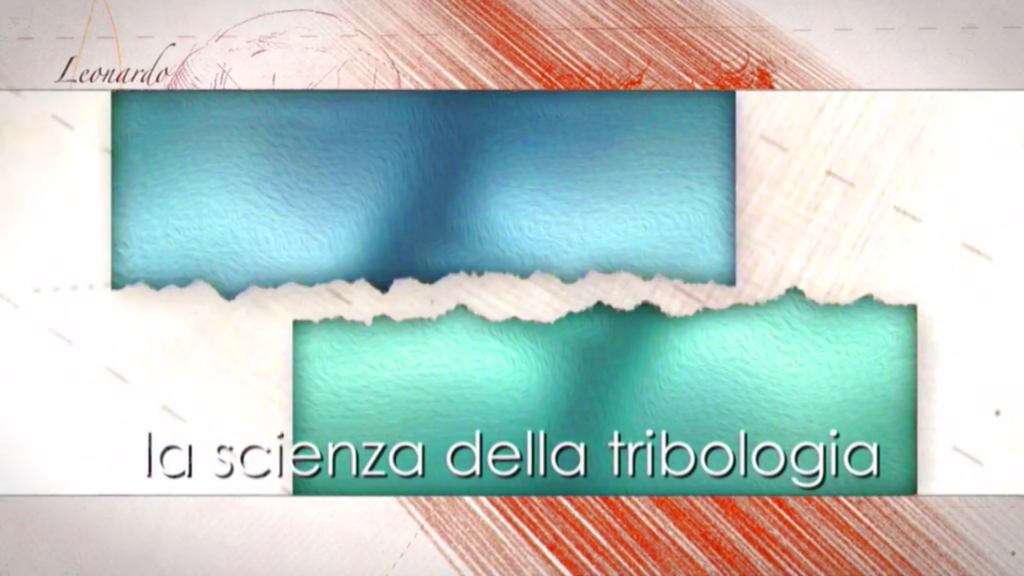
M. Clelia Righi presented the objectives of the SLIDE ERC project on “Leonardo”, an Italian TV show on the RAI 3 channel focusing on news in the field of science, technology and innovation. The interview, in Italian, can be watched at this link.
Thanks to news reporter Elena Cestino and the editorial staff of the “TGR Leonardo” show for the interview.
Publication on Physical Review Letters
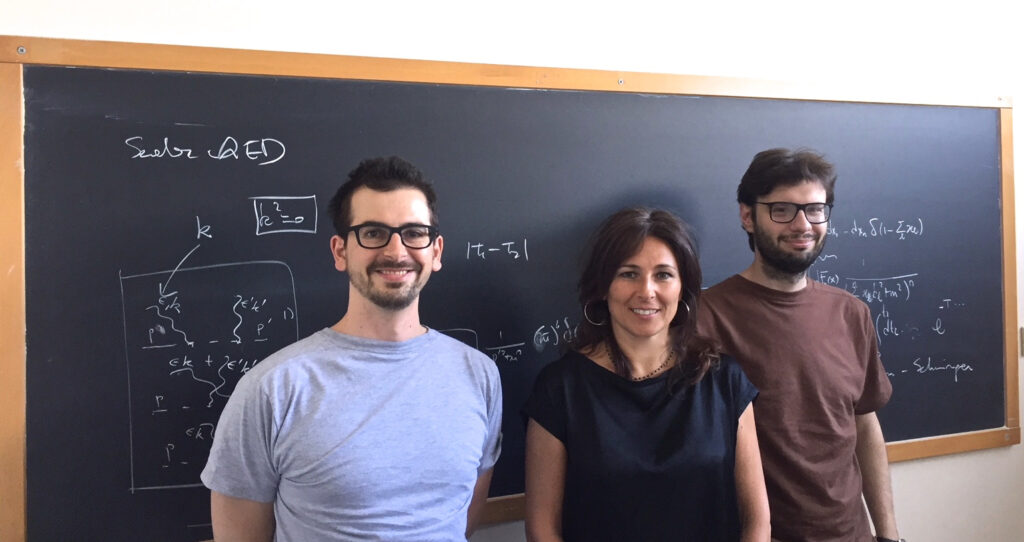
The study Interfacial Charge Density and Its Connection to Adhesion and Frictional Forces was published on Physical Review Letters in 2018. The connection between tribological and electronic properties of interfaces has become clear with the contribution of the Unimore researchers Michael Wolloch, Paolo Restuccia, Giacomo Levita and M. Clelia Righi.
Friction is a very common phenomenon, from nanotechnologies to earthquakes, and it is well studied since Leonardo da Vinci. However, the fundamental origin of friction is still not completely understood.
Through computer simulations, we demonstrated that adhesive friction depends on how interfacial charge redistributes while the two surfaces slide against each other.
– Clelia Righi
Publication on Physical Review Letters

In Load-induced confinement activates diamond lubrication by water, an article published by G. Zilibotti, S. Corni and M. C. Righi on Physical Review Letters in 2013, the first ab initio molecular dynamics simulations of a sliding interfaces have been described.
Tribochemical reactions are chemical processes, usually involving lubricant or environment molecules, activated at the interface between two solids in relative motion. They are difficult to be monitored in situ, which leaves a gap in the atomistic understanding required for their control. Here we report the real-time atomistic description of the tribochemical reactions occurring at the interface between two diamond films in relative motion, by means of large scale ab initio molecular dynamics.
– Clelia Righi
Publication on Physical Review Letters

In the publication Pressure-induced friction collapse of rare-gas boundary layers sliding over metal surfaces, appeared on Physical Review Letters in 2007, M. C. Righi and M. Ferrario identify a counterintuitive behavior of rare-gas monolayers on metals that deviates from the macroscopic Amonton law.
This behaviour is dictated by quantum mechanical effects that become predominant at close surface separation and cause friction to disappear at a critical load. The challenge here is to identify other solid interfaces, suitable for practical applications, where the same effect is present.
– Clelia Righi
